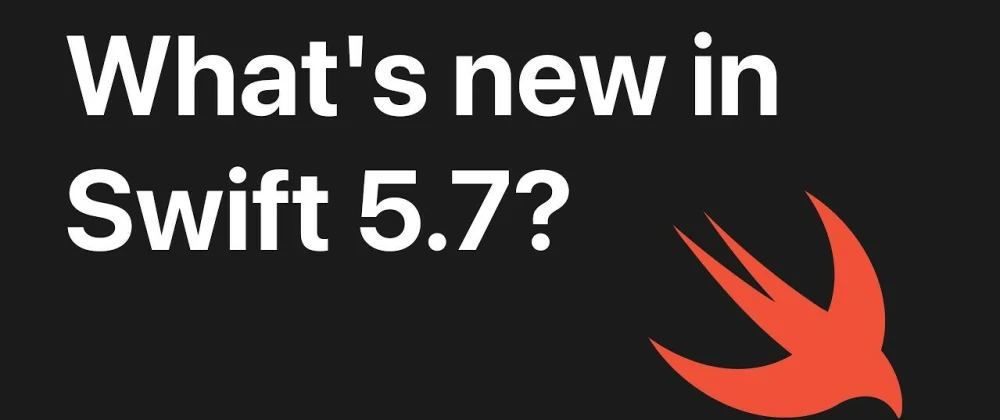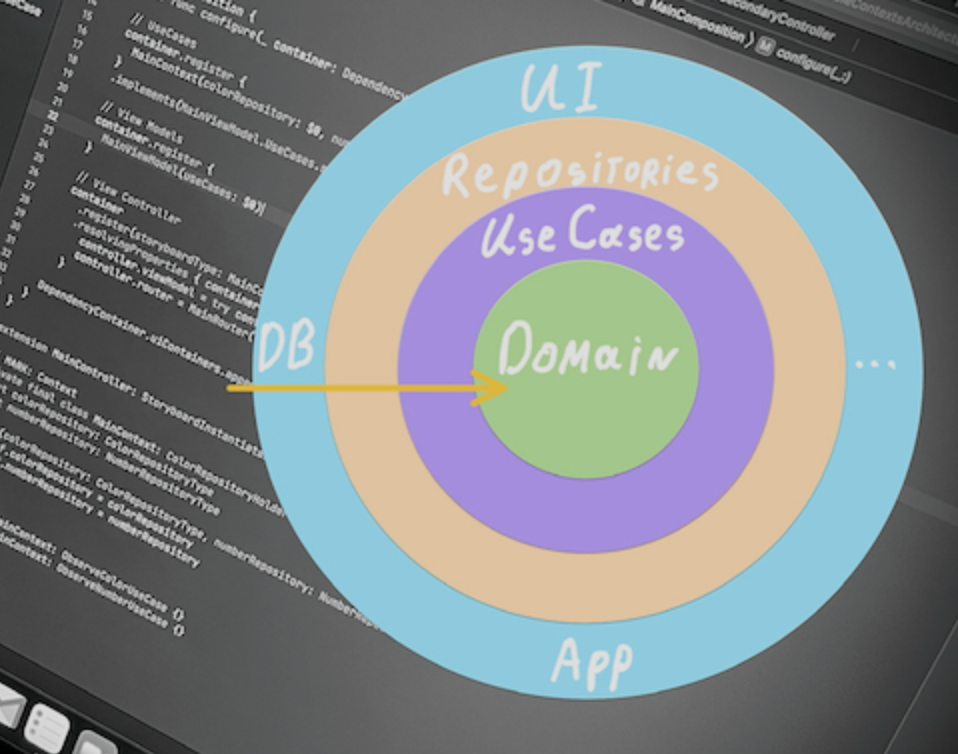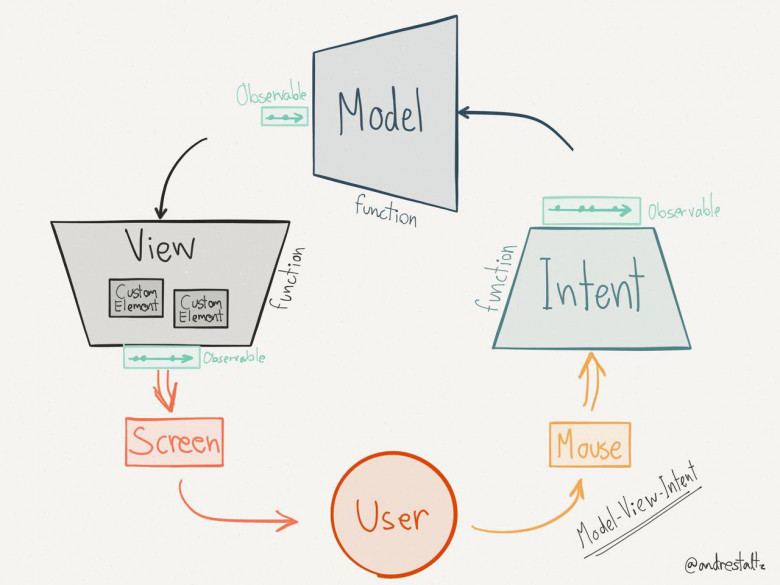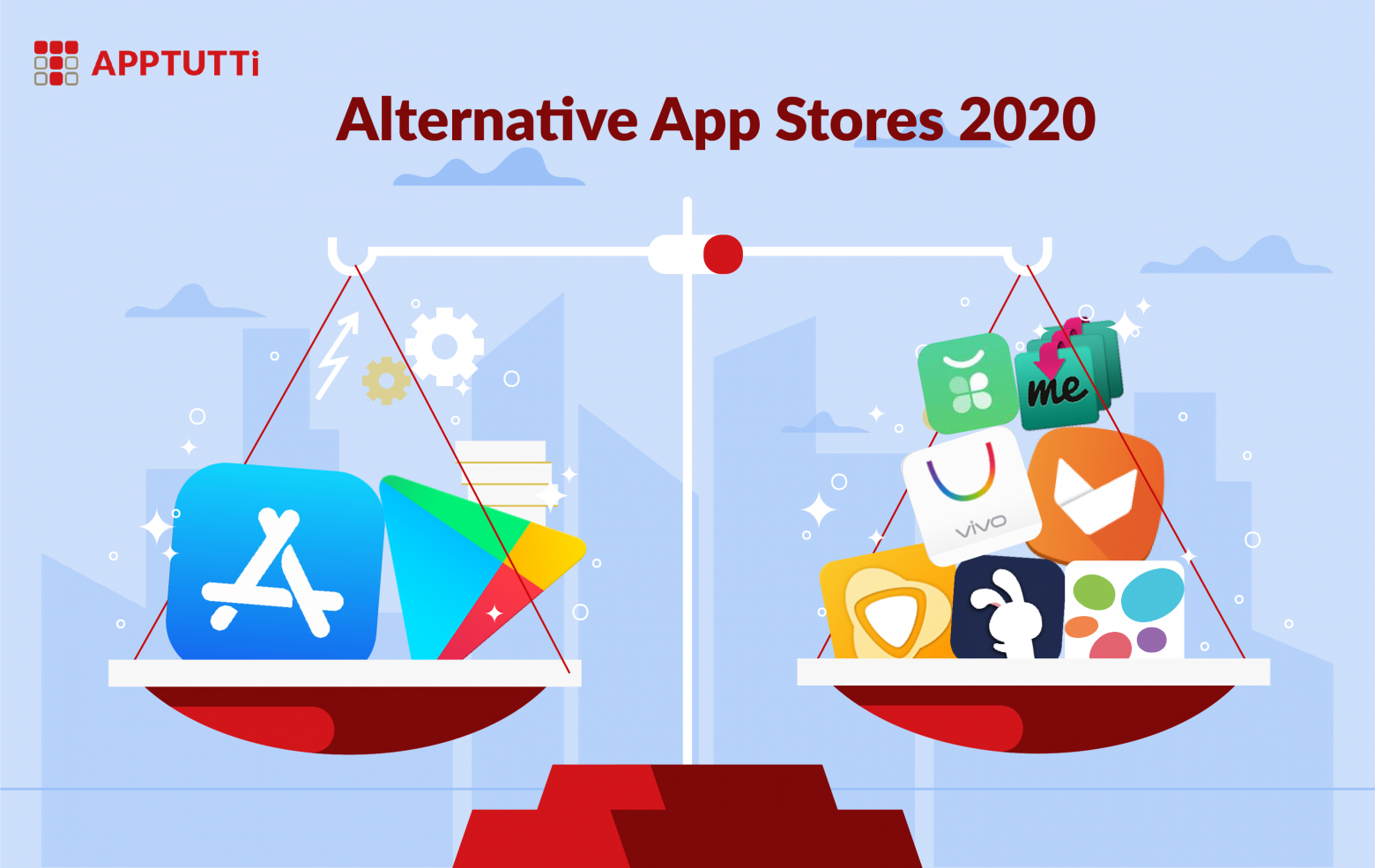
Mobile developers can use Apple Wallet and Google Wallet integrations for different types of apps.
Once we already wrote our own library for Apple Wallet in React Native because we couldn't find anything ready to use. But now that Google Wallet is fully released, it's time to update it.
Now, this library provides integration with both Apple Wallet on iOS and Google Wallet on Android. It allows you to add, remove, and check for existing passes on iOS, and add passes to Google Wallet on Android.














